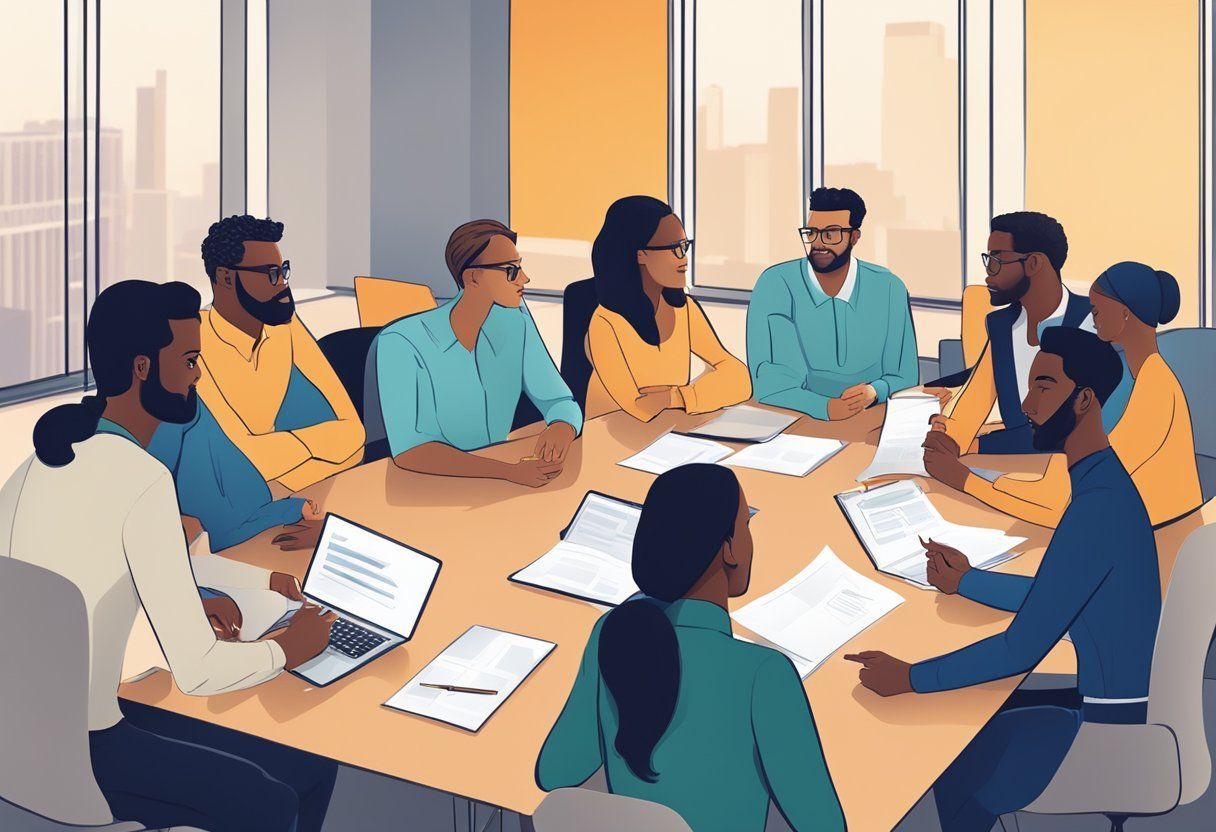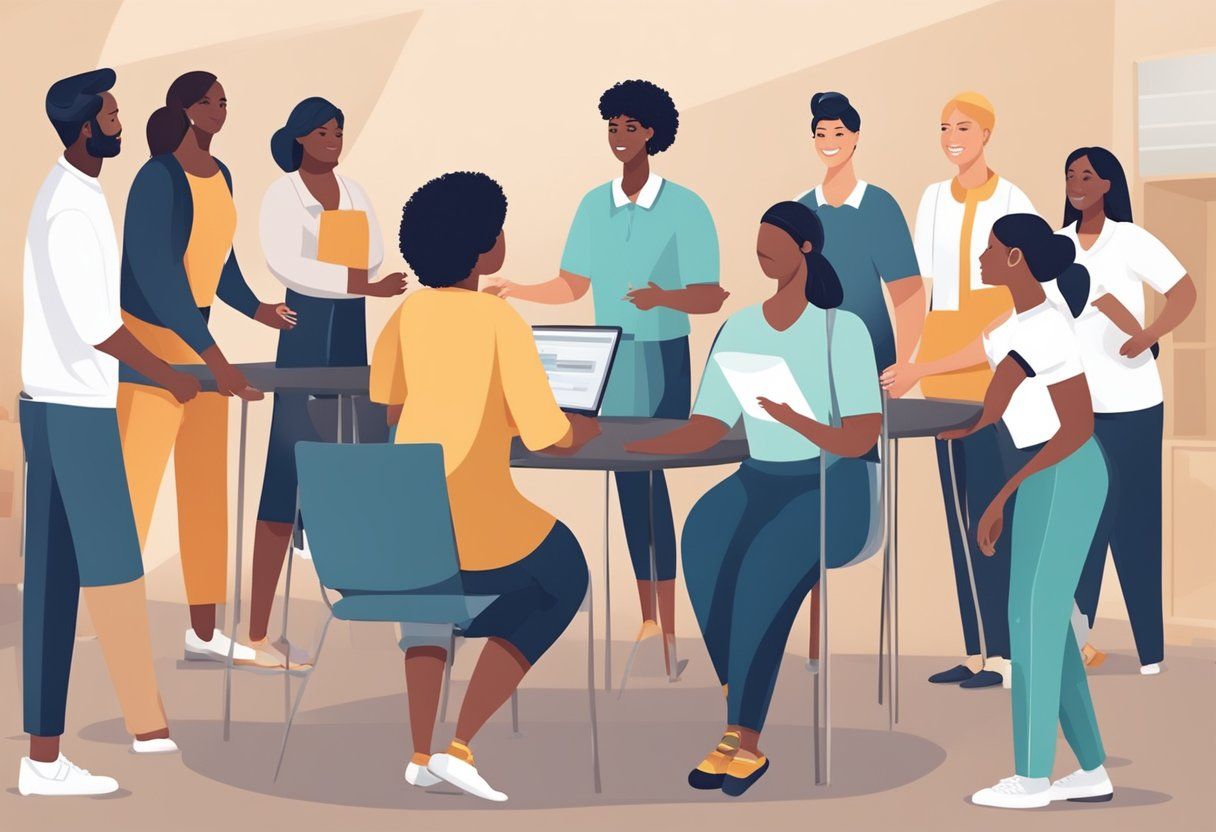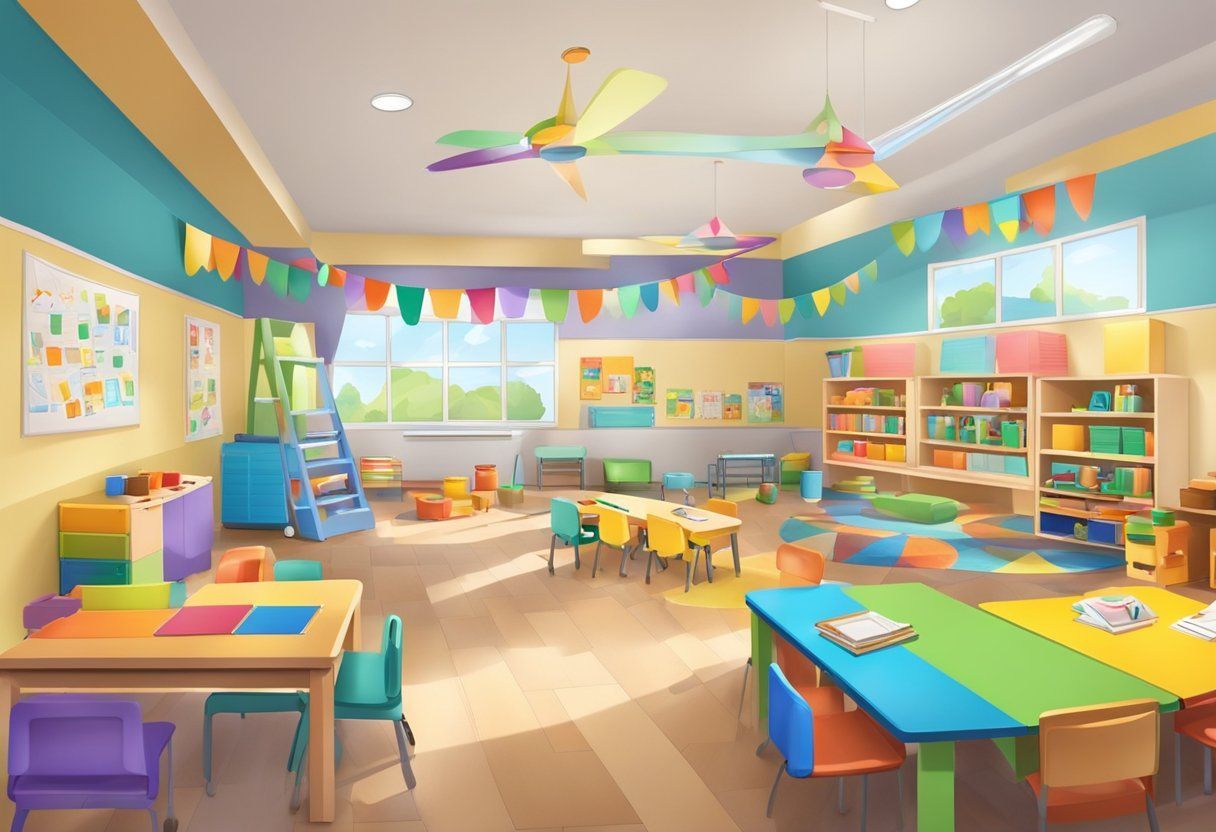BLOG
Categories
Who Qualifies for Wraparound Services? A Love-Based Look at Eligibility
Eligibility Criteria for Wraparound Services
Let’s talk about who wraparound services are really for—not just in clinical terms, but in a way that reflects the complex stories behind the behaviors and the children living them.
Understanding the Real Criteria for Wraparound Support
Wraparound services aren’t about checking boxes. They’re about meeting families where they are—often overwhelmed, often misunderstood, and almost always running on fumes from the everyday challenges that come with parenting a child who’s been through more than most adults can imagine. These services are designed for families navigating the stormy seas of trauma, stress, and emotional dysregulation.
1. Behavioral Health Isn’t Just a Diagnosis
Yes, there are “criteria”—things like DSM diagnoses and the term serious emotional disturbance (SED)—but let’s get real for a minute. A diagnosis might get you in the door, but what these services are really looking for is a child whose behavior is a cry for help. These are children who don’t just act out—they’re acting from a place of deep-seated fear, loss, and pain.
And when we talk about multiple diagnoses, what we’re really saying is: this child needs support that sees beyond the behavior to the need. Because no child was ever healed through a label. Healing comes from connection, not correction.
2. Involvement with Child Welfare Systems
If your child has touched the foster care system, has a history of disrupted placements, is navigating post-adoption struggles, or is part of adoption programs that promised support but left you navigating alone—you’re not alone. Wraparound is built for exactly this kind of complexity. Too often, families are left holding the pieces after systems fail to ask the deeper questions. Wraparound services can be one of the few places where a child’s full history—and the parent’s own emotional journey—are taken seriously.
3. Systems of Care: Integration, Not Isolation
This is where the magic starts to happen—when schools, juvenile justice, mental health providers, and child welfare start talking to each other. True wraparound care is coordinated care. But let’s be clear: none of that matters if the family isn’t seen as the heart of the healing.
For a family to even begin to receive what wraparound offers, there has to be a willingness to engage—not to jump through hoops or follow a behavior plan to the letter, but to show up in the mess and say, “We want healing. We just don’t know how to do it alone.”
Here’s the Truth:
Wraparound isn’t about qualifying. It’s about understanding. It’s about recognizing that the behaviors are just the smoke—there’s always a fire beneath. And if you’re a parent reading this and you feel overwhelmed, worn down, or like no one sees what you’re carrying—you’re not alone. Wraparound services are for you.
Because at the core of every eligibility guideline, there’s this one truth: families in crisis don’t need more judgment. They need more love. More support. More oxytocin moments. And that’s what wraparound, done right, is meant to deliver.
Wraparound Planning Process

Planning in a wraparound model isn’t about creating a checklist. It’s about crafting a meaningful, responsive journey—one that meets families where they are, not where the system wants them to be. This process starts with empathy, builds with collaboration, and anchors itself in trust.
Creating the Plan of Care: Grounded in Strength, Built on Connection
When we talk about a plan of care, we’re not just talking about a treatment plan. We’re talking about creating a roadmap that recognizes a child’s story, honors their strengths, and acknowledges their needs—not in isolation, but within the context of their family system.
You begin by slowing down. Listen. Observe. Ask questions that uncover not just what’s happening on the surface, but what’s being felt underneath. Pull in the people who know the child best—parents, caregivers, educators, therapists—and build a plan together. A real plan, not one built from fear or control, but from collaboration and care.
Goals should be meaningful and achievable. Services must match the unique challenges and rhythms of that child and family. And just as trauma doesn’t unfold in a straight line, neither does healing—so this plan must breathe. It must be revisited regularly, with compassion, grace, and a willingness to adapt.
A Family-Driven Foundation: Honoring the Wisdom of Parents and Youth
This isn’t a process that should ever be driven by systems alone. It’s the family that carries the lived experience, the heartbreak, the hope. When we center their voice—really listen—we create something transformational.
We invite parents, grandparents, caregivers, and youth to the table not just as participants, but as leaders. Because no one knows better what the family needs than the family itself. And when we align services with their cultural values, lived experiences, and personal truths, we unlock a power far greater than any system can provide: connection.
When families feel heard, respected, and valued, they begin to trust the process. And where there is trust, there is hope. And hope is the beginning of healing.
Planning for the Storm: Crisis Stabilization with Heart
Let’s be honest—crises will come. But fear doesn't have to take over when we plan with love and logic. A solid crisis stabilization plan helps families feel prepared instead of panicked.
We walk through the what-ifs together: What triggers stress? What calms it? Who needs to know what, and when? This plan should include clear steps for de-escalation, roles for each team member, and easily accessible contact information for immediate support.
But here’s the most important part: crisis planning is not just about preventing breakdowns. It’s about building confidence. It’s about helping families see that even when things go sideways, they are not alone, and they are not helpless.
Because healing is never linear, but with the right support—delivered through love, respect, and shared responsibility—families can navigate even the hardest moments with strength and grace.
Service Delivery and Specialized Services

In wraparound services, service delivery is centered around a team approach. This means Service Delivery and Specialized Services: Meeting Needs Through Connection, Not Just Coordination
At its best, service delivery in wraparound care is about more than just scheduling appointments or checking boxes. It's about building relationships. It’s about showing up with consistency, empathy, and a commitment to seeing families not through the lens of deficits, but through the lens of potential.
Teamwork That Honors Every Voice
In wraparound, service delivery starts with one simple truth: you can’t help a child without first understanding the family. And you can’t support a family unless you include their voice in every step of the plan.
The wraparound team isn’t just professionals in a room—it’s parents, caregivers, youth, therapists, teachers, doctors, and social workers coming together to create something real. Something that fits your life. This is a strengths-based, needs-driven approach that sees beyond the behaviors to the root causes, the hidden hurts, and the hope that still flickers underneath it all.
Care That’s As Unique As the Child
No child is “standard issue.” So why would we expect a one-size-fits-all approach to work? Wraparound services are individualized, not because it sounds good on paper, but because healing demands it.
Your insights matter. Your child’s needs matter. When you bring those to the table, alongside the expertise of others, what you get is a care plan that actually makes sense. One that reflects your rhythms, your values, and your reality.
Specialized Services: Focused Help That Aligns with the Bigger Picture
Some children need more targeted support—whether it's health care, trauma-informed behavioral interventions, or specialized educational strategies. That’s where specialized services come in.
These aren’t outside add-ons. They’re integrated right into the plan, carefully coordinated with the rest of the wraparound team to make sure nothing falls through the cracks. Specialists don’t just treat symptoms—they bring tools that help stabilize, support, and guide families toward deeper healing.
Community-Based, Relationship-Rich
One of the most powerful parts of wraparound service delivery is where it happens: in your community. That’s not accidental. Services that come to you, that work within the places you live and move and breathe, are more likely to stick. More likely to build trust. More likely to work.
We lean into community because it’s where connection grows. And when families feel supported by their environment, they’re more likely to stay regulated, resilient, and resourced.
What Holds It All Together? Trust and Communication
Real wraparound work is not about ticking off services. It’s about building a network of care that listens deeply, speaks clearly, and honors each person’s role in the process. Every voice matters. Every concern is valid. Every goal is built on shared respect.
Because when we deliver services through the lens of love, when we prioritize relationships over regulation, we create the kind of care that heals—not just helps.

Frequently Asked Questions
What are the criteria for receiving wraparound services in schools?
In schools, wraparound services often focus on students with behavioral or emotional challenges. To qualify, students might need to show a need for intensive support beyond regular school resources. Evaluations involving teachers, parents, and mental health professionals can help determine eligibility.
What types of wraparound services are available to adults?
For adults, wraparound services can include mental health counseling, job training, and housing assistance. This support aims to help adults achieve stability and independence. Services are tailored to individual needs, often involving collaboration between healthcare providers and social services.
How can one access wraparound healthcare services?
Accessing wraparound healthcare services typically involves coordination with primary care providers or specialists. Healthcare providers assess individual needs and refer patients to additional services. Eligibility may depend on specific health conditions or the need for comprehensive care beyond basic medical treatment.
What are the eligibility requirements for wraparound services in California?
In California, wraparound services are available for children and families with specific needs. Eligibility often depends on financial status, age, and the presence of emotional or behavioral challenges. The goal is to provide comprehensive and coordinated support to those who qualify.
How does one qualify for wraparound services in Pennsylvania?
In Pennsylvania, children with serious emotional or behavioral problems between the ages of 2 and 21 may qualify for wraparound services. The process includes assessments to determine the level of need. Services are available through schools and community organizations.
What are the core components of an effective wraparound process?
An effective wraparound process includes personalized planning driven by family and individual goals. Collaboration among service providers, families, and individuals is key. Ongoing support and regular evaluation ensure that the plan adapts to changing needs. These elements work together to provide comprehensive and holistic care.
RECENT POSTS
Bringing and keeping families together!








